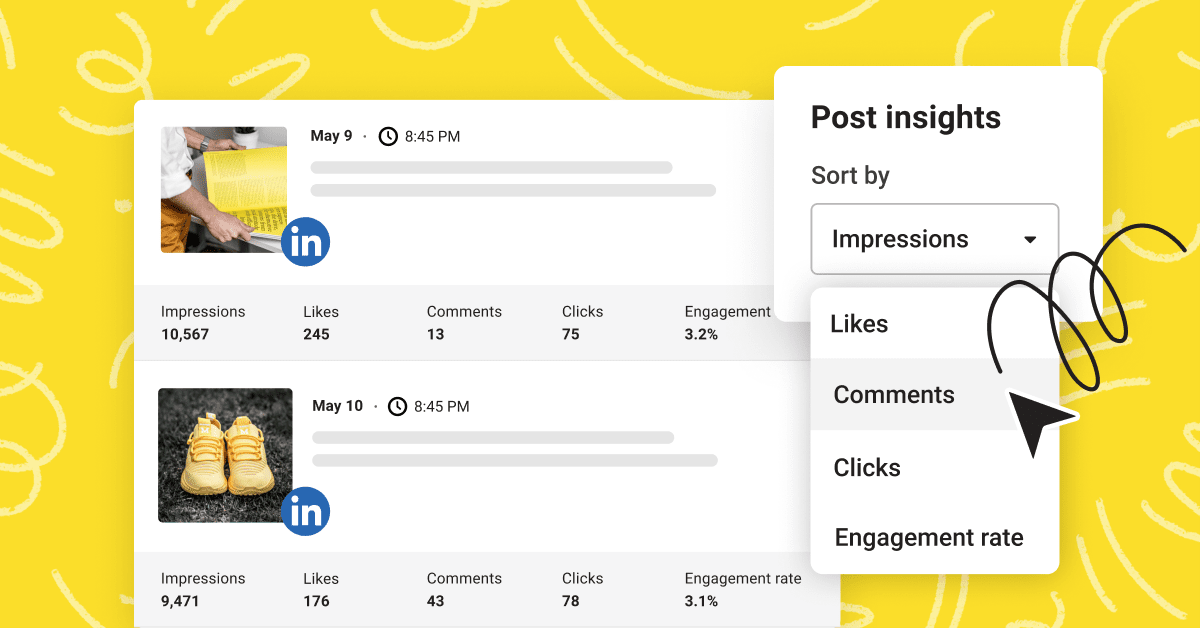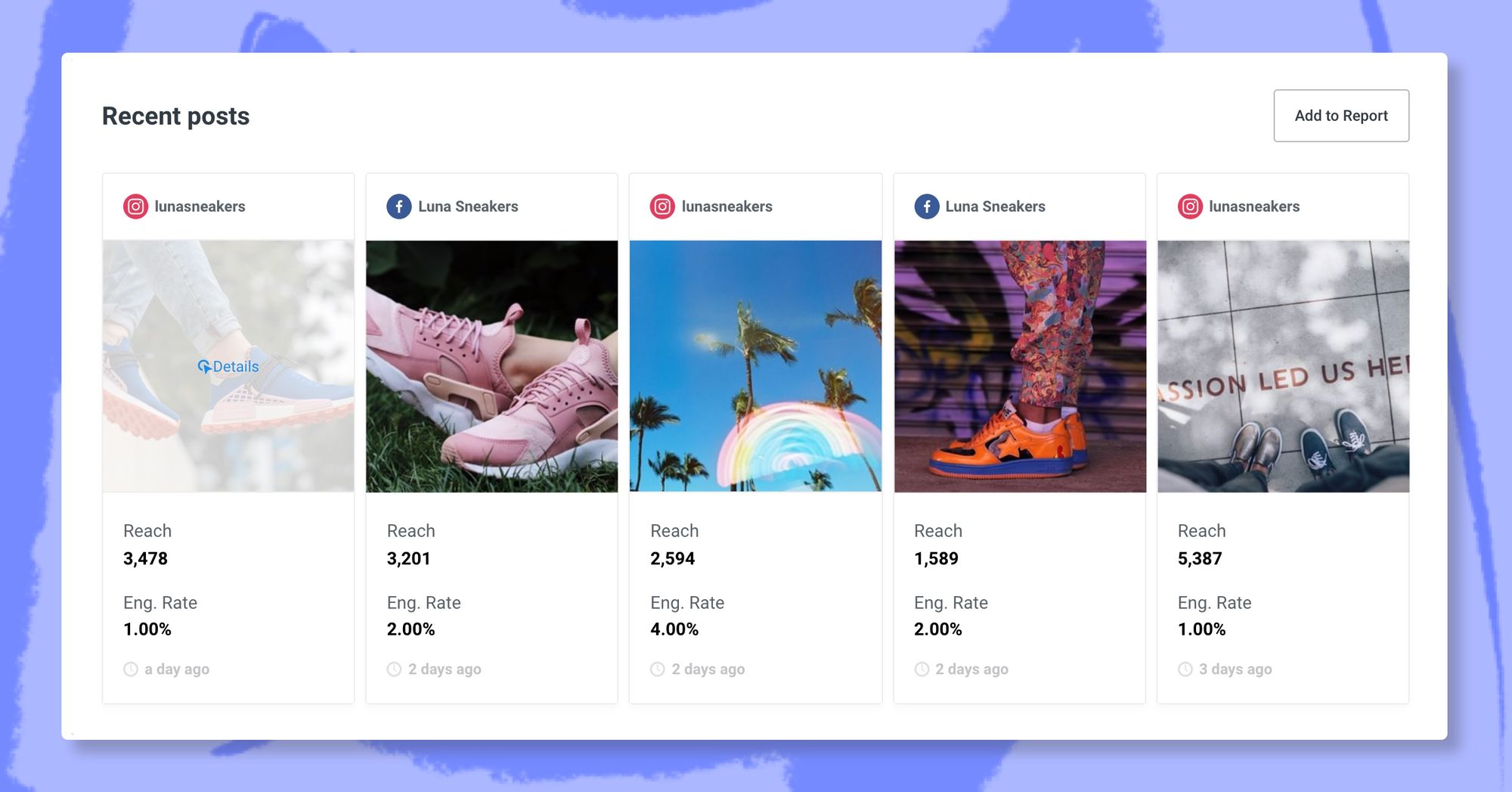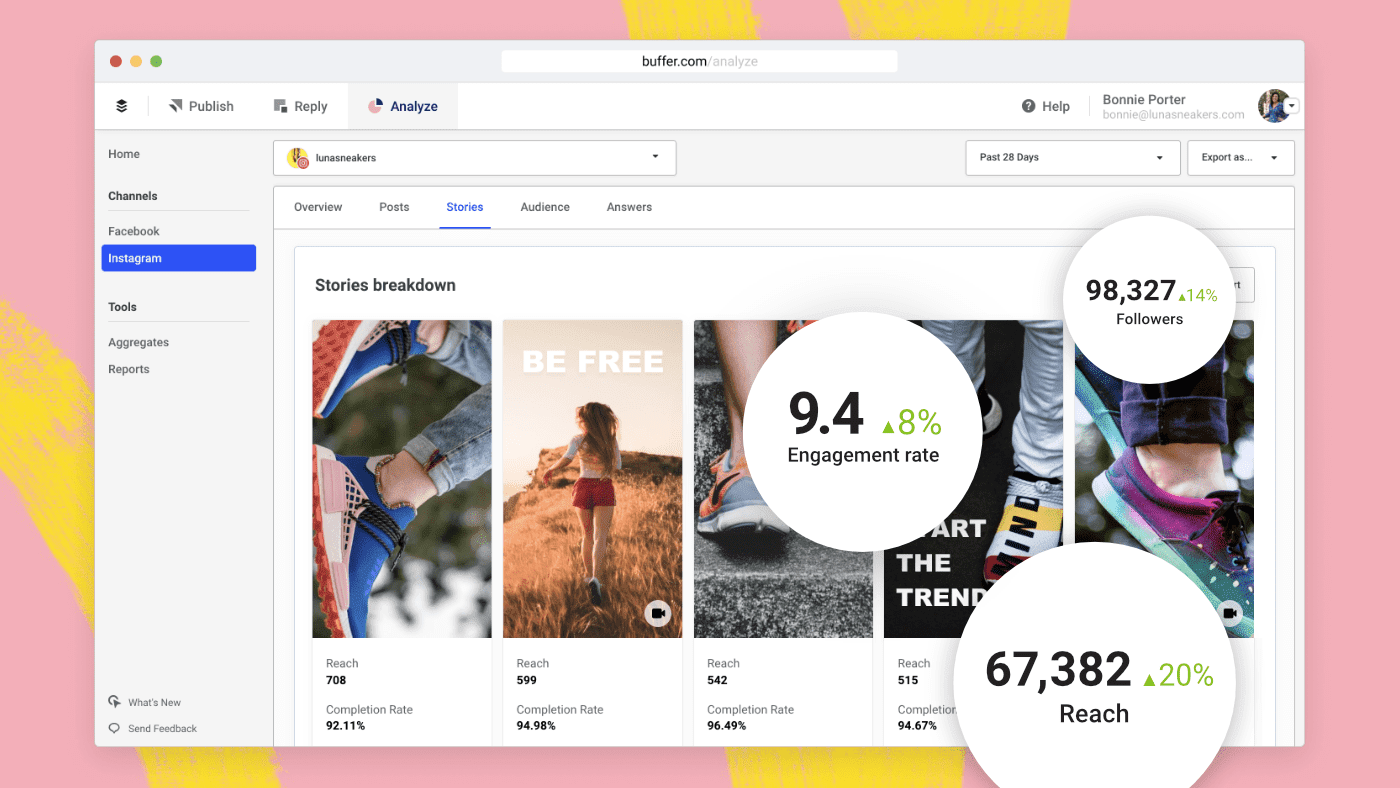Social media has become an integral part of our lives, providing a platform for individuals and businesses to connect, share information, and engage with each other. Social media engagement is a crucial aspect of any successful online presence. It refers to the level of interaction, participation, and connection between users and the content shared on social media platforms. In this article, we will explore the concept of social media engagement, its importance, factors affecting it, strategies to improve it, tools for analysis, and future trends in this dynamic field.
What is Social Media Engagement Analysis?

Social media engagement encompasses the actions taken by users in response to content on social media platforms. It goes beyond the number of followers or likes and involves meaningful interactions such as comments, shares, and click-throughs. It measures the effectiveness of content in capturing and retaining the attention of the target audience, creating a sense of community, and fostering brand loyalty.
Importance of Social Media Engagement
In today’s digital landscape, social media engagement analysis holds immense significance for businesses and individuals alike. It catalyzes brand awareness, customer loyalty, and lead generation. Engaging content can spark conversations, elicit emotional responses, and prompt users to take desired actions, such as visiting a website, making a purchase, or sharing recommendations with their network. Furthermore, social media engagement helps build trust, credibility, and authority within a particular industry or niche.
Factors Affecting Social Engagement
Various factors influence the level of engagement on social media platforms. Understanding these factors can help tailor content and strategies to optimize engagement. Here are some key considerations:
1. Content Relevance
- Creating content that aligns with the interests, preferences, and needs of the target audience is vital for engagement. It should provide value, solve problems, entertain, or educate. By understanding the audience’s motivations and pain points, content creators can deliver compelling and relevant messages.
2. Timing and Frequency of Posts
- The timing and frequency of social media posts play a crucial role in engagement. Analyzing user behavior and platform algorithms can help determine the best times to post content. Consistency in posting maintains visibility and fosters anticipation among followers.
3. Visual Appeal
- In the digital realm, visuals hold great power in capturing attention. High-quality and visually appealing images, videos, infographics, and memes can significantly enhance engagement. Incorporating branding elements and appealing aesthetics helps create a recognizable and memorable identity.
4. Call-to-Action
- Including clear and compelling calls-to-action (CTAs) in social media posts encourages users to take specific actions, such as commenting, sharing, or clicking on a link. Well-crafted CTAs prompt desired behaviors and increase engagement.
5. Interactions and Conversations
- Social media is built on the foundation of interaction and conversation. Actively engaging with followers, responding to comments, and initiating discussions create a sense of community and foster stronger connections. Encouraging user-generated content and posing questions can also stimulate conversations.
Measuring Social Media Engagement
To gauge the success of social media engagement analysis efforts, it is essential to measure and analyze relevant metrics. Here are some key indicators to consider:
1. Likes, Comments, and Shares
- The number of likes, comments, and shares on social media posts provides a tangible measure of engagement. Higher interaction rates indicate increased interest and active participation.
2. Click-Through Rates
- Click-through rates (CTRs) measure the percentage of users who click on a link within a post. This metric reflects the effectiveness of content in driving traffic to a website or landing page.
3. Reach and Impressions
- Reach refers to the number of unique users who see a particular social media post. Impressions represent the total number of times a post appears on users’ screens. Monitoring these metrics provides insights into the visibility and exposure of content.
4. Sentiment Analysis
- Sentiment analysis tools can analyze social media conversations to determine the overall sentiment toward a brand or campaign. Positive sentiment indicates a favorable response, while negative sentiment highlights areas for improvement.
5. Conversion Rates
- Conversion rates track the number of users who complete a desired action, such as making a purchase, signing up for a newsletter, or downloading content. Evaluating conversion rates helps measure the impact of social media engagement on business objectives.
Strategies to Improve Social Engagement
Enhancing social media engagement analysis requires a proactive and targeted approach. Here are some effective strategies to consider:
1. Know Your Audience
- Understanding the target audience’s demographics, preferences, and behaviors enables content creators to tailor messages that resonate with their interests. Conducting surveys, analyzing data, and engaging in social listening can provide valuable insights.
2. Create Compelling Content
- Compelling content captures attention and sparks interest. It should be informative, entertaining, or emotionally appealing. Utilize storytelling techniques, visual elements, and diverse formats to deliver engaging content that stands out.
3. Optimize Posting Times
- Identify the optimal posting times based on the target audience’s behavior patterns. Test different posting schedules and analyze engagement metrics to determine when the audience is most active and receptive.
4. Encourage User Participation
- Encouraging user participation fosters a sense of belonging and ownership. Organize contests, polls, surveys, and challenges that invite users to contribute and share their experiences. User-generated content can amplify engagement and create a sense of community.
5. Respond to Comments and Messages
- Actively engaging with followers by responding to comments, messages, and mentions humanizes the brand and strengthens relationships. Prompt and personalized responses show that their opinions and feedback are valued.
6. Collaborate with Influencers
- Partnering with influencers or industry experts can extend reach, increase credibility, and amplify engagement. Influencers can share content, promote products or services, and encourage their followers to engage with the brand.
Tools for Social Media Engagement Analysis

Several tools and platforms are available to analyze and track social media engagement analysis. Here are a few notable ones:
1. Social Media Analytics Platforms
- Platforms like Facebook Insights, Twitter Analytics, and Instagram Insights provide in-depth data on engagement metrics, audience demographics, and post-performance. These analytics tools help measure the effectiveness of content and identify areas for improvement.
2. Sentiment Analysis Tools
- Sentiment analysis tools, such as AIM Insights and Hootsuite Insights, analyze social media conversations to identify sentiment patterns. These tools help gauge the overall perception of a brand or campaign and identify areas of positive or negative sentiment.
3. Content Performance Tools
- Tools like BuzzSumo and Google Analytics track content performance across social media platforms. They provide data on social shares, engagement metrics, and referral traffic. Analyzing this data helps optimize content strategies and identify high-performing content.
Challenges and Future Trends in Social Media Engagement Analysis
While social media engagement analysis continues to evolve, certain challenges and future trends should be considered:
1. Algorithm Changes
- Social media platform algorithms undergo frequent updates, impacting content visibility and engagement metrics. Staying updated with algorithm changes and adapting strategies accordingly is crucial for maintaining and improving engagement levels.
2. Growing Privacy Concerns
- Increasing privacy concerns among users have led to stricter data protection regulations and changes in how platforms handle user data. Respecting user privacy while delivering personalized and engaging content will be a key challenge for social media engagement.
3. Video and Live Content
- Video content, including live streaming, continues to dominate social media platforms. Creating engaging and high-quality video content will be essential for capturing and retaining audience attention.
4. Augmented Reality and Virtual Reality
- Augmented reality (AR) and virtual reality (VR) technologies have the potential to revolutionize social media engagement. Integrating AR filters, interactive experiences, and VR-based content can provide unique and immersive engagement opportunities.
Case Study: Boosting Social Media Engagement for Fashion Brand
A mid-sized e-commerce business, that has a wide base of followers across their different platforms. Despite this base, their engagement rate was very low across all the platforms. So the marketing team decided to change their marketing strategies, to enhance their engagement rate.
Objectives
- Increase Engagement Rates: increase likes, comments, and shares by 30% across their different social media platforms in 6 months.
- Drive Website Traffic: increase clicks-through-rate from social media to the website by 20%
- Enhance Community Interaction: build a loyal community for the brand, that trusts the brand and its services.
Challenges
- Content Relevance: having unrelated content to the target audience. Which doesn’t attract them or match their interest.
- Inconsistent Posting: irregular posting frequency for the content on social media. Which didn’t match the audience’s schedules.
- Lack of Interaction: Minimal response to the customer’s queries and questions through DM. And not interacting with the audience through comments and feedback.
Strategies Implemented
- Audience Analysis
- Conduct audience research with surveys and social listening. To understand the audience’s preferences and interest in the brand.
- Identify that the audiences are interested in live content and behind the scenes.
- Compelling Content Creation
- Creating more content formats and posting it, that differ between reels, polls, and normal posts.
- Focused on value-driven like styling reels, and the upcoming collections.
- Focus on visually appealing content, with high-quality pictures.
- Optimized Posting Schedule
- Analyzing each social media platform’s schedules, to find the pick time for posting.
- Schedule posting the content in the high engagement times.
- Interactive Campaigns
- Creating more interactive campaigns like “styling campaign”. To encourage the audience to interact with the brand and post content related to the brand.
- Having live Q&A with the brand designers, to build stronger relationships with the followers.
- Active Engagement
- Respond faster to the comments of the audience and their questions. And sending personalized messages through DMs.
- Share the user’s content that are reviews about the brand and the styling stories.
- Partnerships with Micro-Influencers
- Collaborating with different influencers, that promote the brand and its products. To encourage organing engagement, and gain more followers.
Results
After six months there was a remarkable improvement in the brand engagement.
- Engagement Rates: This was increased by 40% with the growth in like, comment, and share numbers across all the platforms.
- Website Traffic: The click-trough-rate was improved by 30%, leading to an increase in the website traffic
- Community Growth: The brand name hashtag was used across +5000 posts on social media. Leading to building a community among the brand customers.
- Brand Sentiment: The sentiment analysis tool showed a rise in the positive sentiment score. Because of having a lot of positive feedback and reviews about the brand.
Key Takeaways
- Audience-Centric Content Wins: Building content based on the audience’s interests and needs, leads to a significant increase in their engagement.
- Consistency Matters: Regular posting leads to keeping the brand in the customer’s mind.
- Interaction Builds Loyalty: Actively engaging with the brand’s target audience, increases their loyalty to the brand over time.
Conclusion
Social media engagement is a powerful tool for building a strong online presence, fostering brand loyalty, and driving business success. By understanding the factors that influence engagement, measuring relevant metrics, and implementing effective strategies, individuals and businesses can create compelling content and nurture meaningful connections with their target audience.
To experience the benefits of enhanced social media engagement firsthand, consider requesting a demo from AIM Technologies. Our team of experts can guide you in optimizing your social media strategies, measuring engagement metrics, and leveraging the full potential of social media platforms. Don’t miss out on the opportunity to take your social media engagement to new heights.
FAQs
How long does it take to see improvements in social engagement?
The time it takes to see improvements in social media engagement analysis can vary based on several factors, such as the current state of engagement, the effectiveness of implemented strategies, and the size and activity level of the target audience. Generally, consistent efforts and data-driven optimizations can lead to noticeable improvements within a few weeks or months.
Is social media engagement important for all businesses?
Yes, social media engagement is important for businesses across various industries. It provides an opportunity to connect with the target audience, build brand awareness, drive website traffic, and foster customer loyalty. However, the specific strategies and platforms used may vary depending on the nature of the business and its target audience.
Can social media engagement be automated?
While certain aspects of social media engagement can be automated, such as scheduling posts or sending automated responses, the core elements of engagement, such as meaningful interactions, conversation, and community-building, require human involvement. Authentic engagement requires personalization and genuine interactions, which cannot be fully replicated by automation.
How can I measure the success of my social engagement efforts?
Measuring the success of social media engagement efforts involves analyzing relevant metrics, such as likes, comments, shares, click-through rates, reach, impressions, sentiment analysis, and conversion rates. Comparing these metrics over time, setting specific goals, and monitoring the impact on business objectives can help evaluate the effectiveness of engagement strategies.
What are the common mistakes to avoid in social engagement?
Some common mistakes to avoid in social media engagement analysis include inconsistent posting, neglecting to respond to comments or messages, focusing solely on self-promotion, using irrelevant or generic content, ignoring audience feedback, and failing to adapt strategies based on data and insights.




